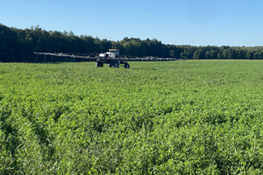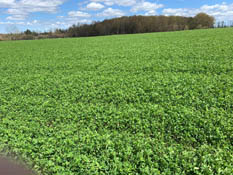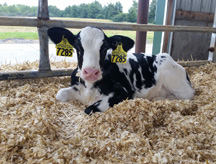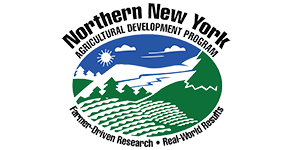 Northern New York; September 15, 2021. The Northern New York Agricultural Development Program (NNYADP) has issued a call for proposals for small grants funding for projects to be conducted in 2022. The farmer-driven research and technical assistance program benefits the diverse agricultural production sectors in the six-county region that includes Clinton, Essex, Franklin, Jefferson, Lewis, and St. Lawrence counties. The NNYADP grant guidelines and application are posted at https://www.nnyagdev.org under the About: Projects by Year dropdown tabs. Applications must be submitted on or before October 29, 2021. Anyone with special needs for submitting a proposal may contact Michele Ledoux for assistance at 315-376-5270.
Northern New York; September 15, 2021. The Northern New York Agricultural Development Program (NNYADP) has issued a call for proposals for small grants funding for projects to be conducted in 2022. The farmer-driven research and technical assistance program benefits the diverse agricultural production sectors in the six-county region that includes Clinton, Essex, Franklin, Jefferson, Lewis, and St. Lawrence counties. The NNYADP grant guidelines and application are posted at https://www.nnyagdev.org under the About: Projects by Year dropdown tabs. Applications must be submitted on or before October 29, 2021. Anyone with special needs for submitting a proposal may contact Michele Ledoux for assistance at 315-376-5270.
For 2022, new categories have been added to the NNYADP grants application to specifically identify agricultural environmental management, soil health, and regenerative agriculture; agricultural human resource management; climate extremes adaptability, resiliency, and risk management; farm economics; and innovative use of agricultural technology as focus areas. The application’s general areas include dairy, local foods and horticultural crops, field crops, livestock, and maple production.
Funding for the Northern New York Agricultural Development Program is supported by the New York State Legislature and administered by the New York State Department of Agriculture and Markets. The New York State Legislature established the NNYADP in 1961.
“New York State funding of the Northern New York Agricultural Development Program energizes critical research that addresses the opportunities associated with northern New York’s unique soils, microclimates, and geography,” said NNYADP Co-Chair Joseph Giroux, Plattsburgh, New York.
“The value that Northern New York Agricultural Development Program research brings to our region’s farms and economy has often also gone on to benefit New York State, the Northeast, and elsewhere in the United States,” said NNYADP Co-Chair Jon Rulfs, Keeseville, New York.
“The farmers who guide the Northern New York Agricultural Development Program have a discerning ability to identify research that will have significant impact that manifests immediately in the short term, progressively over time as with our water quality and tile drainage research, or appreciably as with the development of the biocontrol nematodes pest management protocol that began here with a commitment to creating new science,” said NNYADP Co-Chair Jon Greenwood, Canton, New York.
The farmer-driven NNYADP is noted for its fiscal efficiency with 97 percent or more of its funding is applied directly to research and the transfer of project results to the agricultural industry. NNYADP project reports are posted online at https://www.nnyagdev.org.
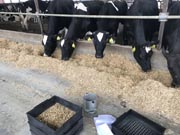

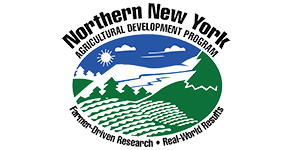 Funding for the Northern New York Agricultural Development Program is supported by the New York State Legislature and administered by the New York State Department of Agriculture and Markets.
Funding for the Northern New York Agricultural Development Program is supported by the New York State Legislature and administered by the New York State Department of Agriculture and Markets.